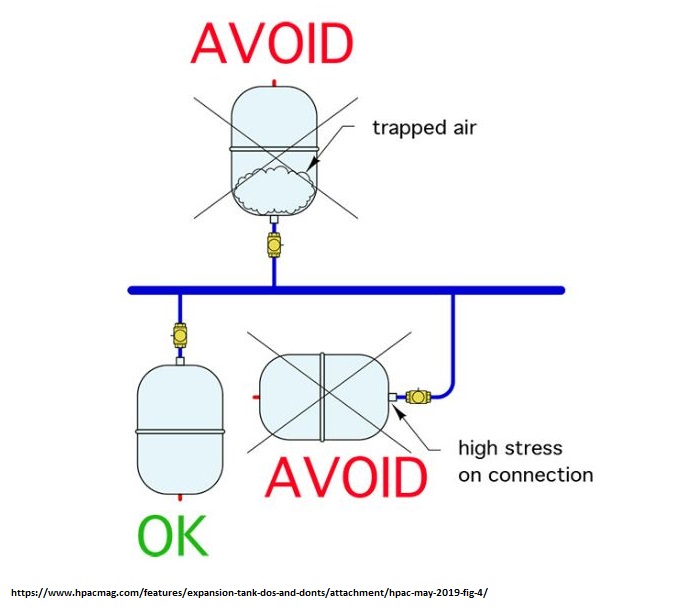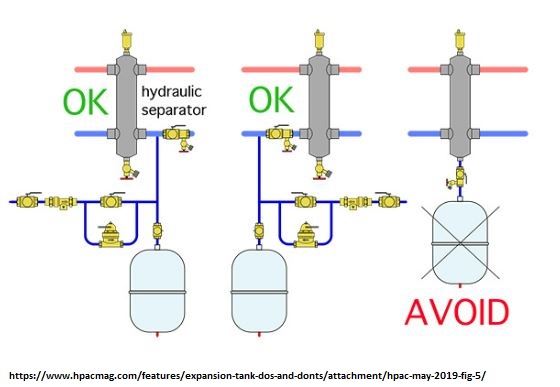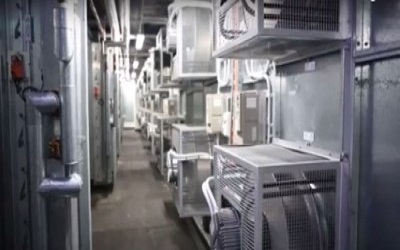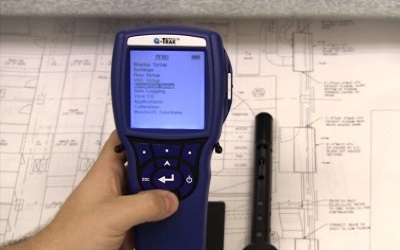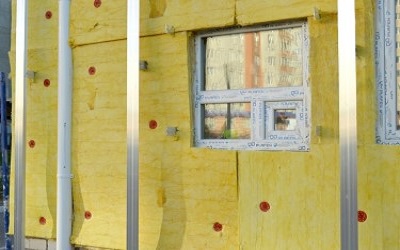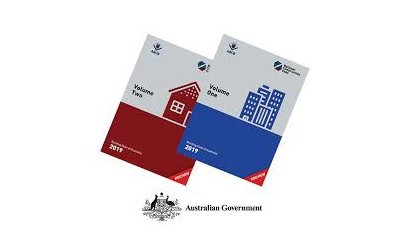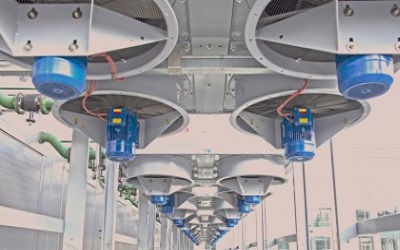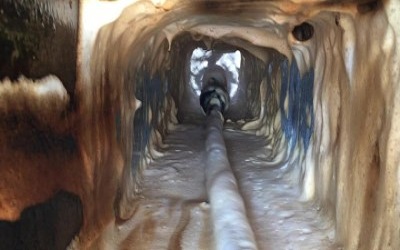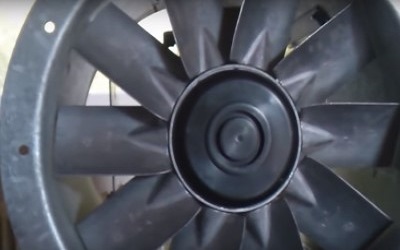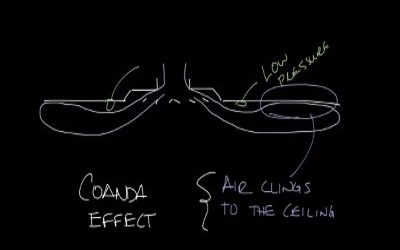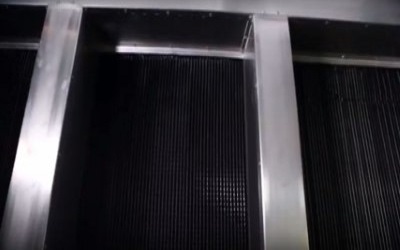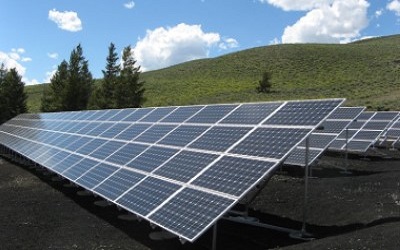Expansion tank sizing
Expansion tank sizing
Closed expansion tanks with air-water interface.



where
Vt = volume of expansion tank, m3
Vs = volume of water in system, m3
t1 = lower temperature, °C
t2 = higher temperature, °C
Pa = atmospheric pressure, kPa
P1 = pressure at lower temperature, kPa
P2 = pressure at higher temperature, kPa
v1 = specific volume of water at lower temperature, m3/kg
v2 = specific volume of water at higher temperature, m3/kg
α = linear coefficient of thermal expansion, m/(m.K)
= 11.7 x 10-6 m/(m.K) for steel
= 17.1 x 10-6 m/(m.K) for copper
Δt = (t2 – t1 ), K
Related
Read more: Fan wall
Read more: How to verify the percentage of outside air in an enclosure
Read more: BCA Part J5 Air-conditioning system control
Read more: Microbial Induced Corrosion (MIC) in Pipes
Read more: Is your kitchen exhaust system a fire hazard
Read more: What is coanda effect
